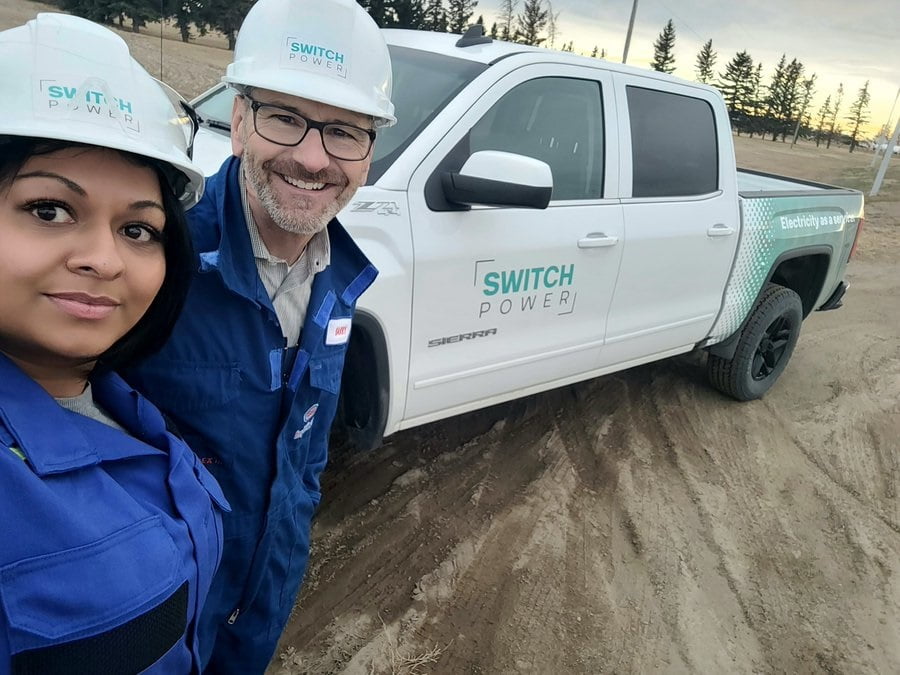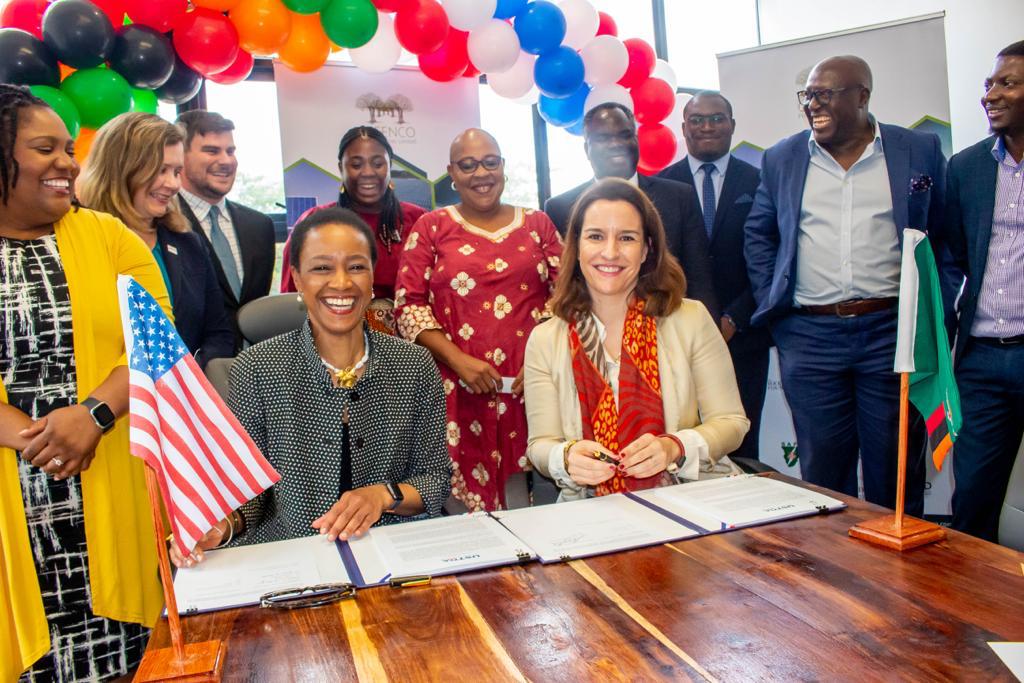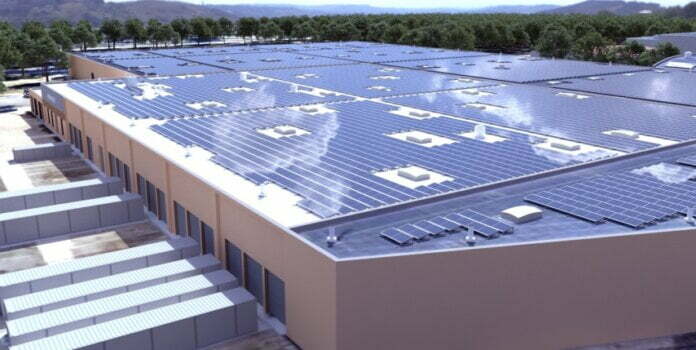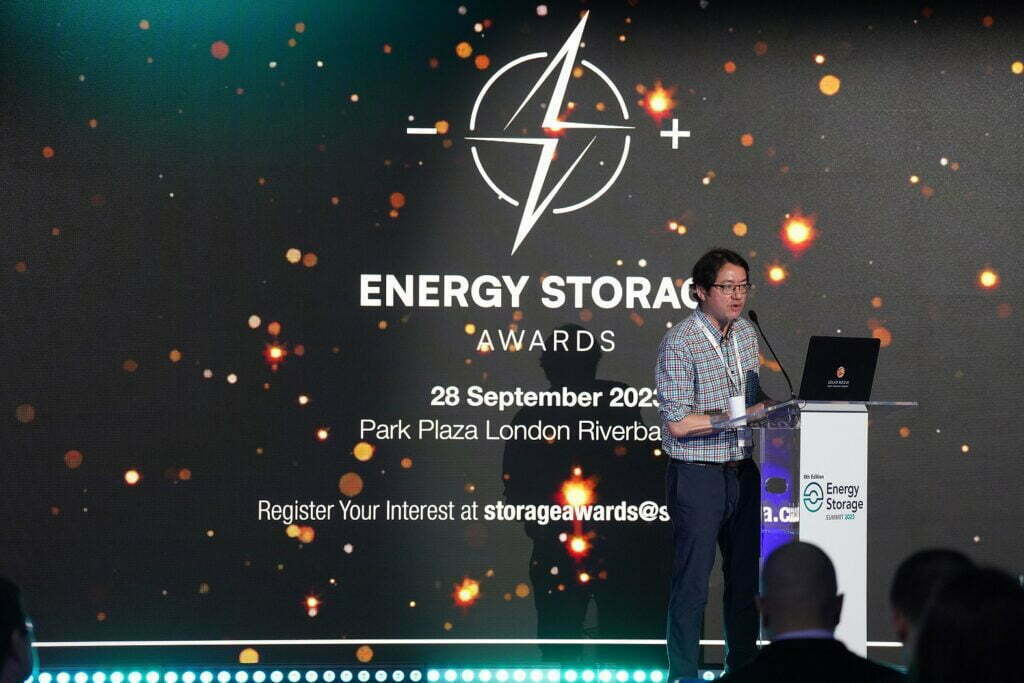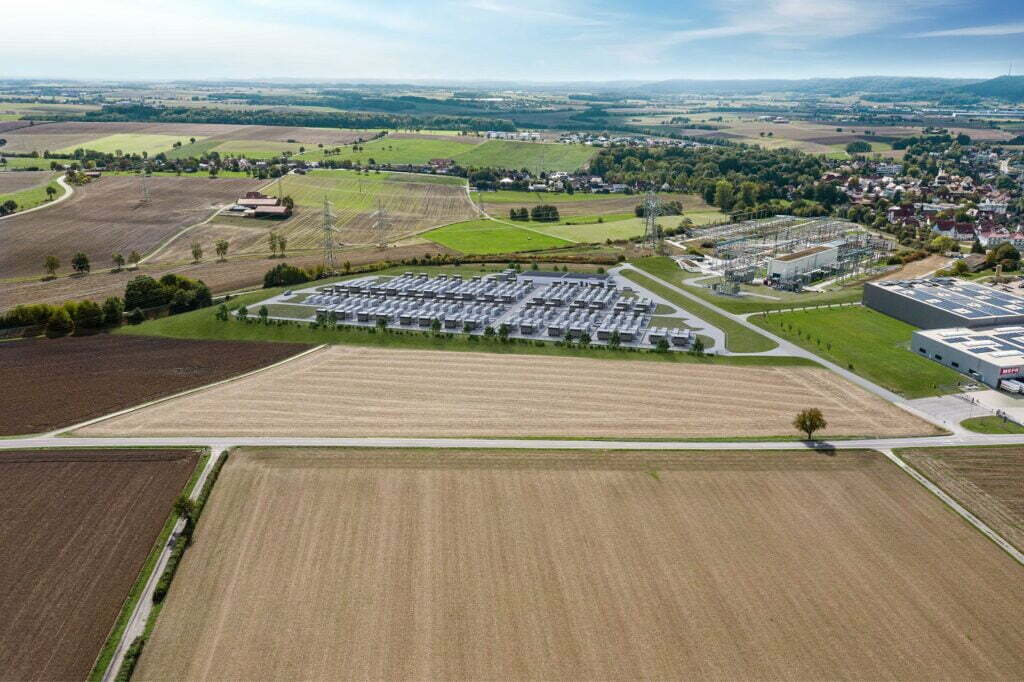Vanadium ore. Image: Australian Vanadium.
Elcora, a Canadian startup aiming to provide materials for the global battery value chain, is developing a vanadium pentoxide plant in Morocco to complement raw materials extraction in the country.
Meanwhile, Indian vanadium redox flow battery (VRFB) manufacturer Delectrik has signed a vanadium supply agreement with Technology Metals Australia.
Nova Scotia-headquartered Elcora is targeting the supply of battery materials including graphene, graphite-based anode powder for lithium-ion batteries and vanadium.
It has a graphite mine in Sri Lanka, as well as 17 licenses to look for vanadinite, a mineral which contains lead, vanadium, cobalt, copper, tantalum and other metals, in Morocco. Elcora’s vanadinite research licenses came from the acquisition of Moroccan materials company Ermazon in late 2021.
Founded in 2011, Elcora is pursuing a strategy of vertical integration, and has appointed materials and process-development lab and engineering company Lab 4 to kick off test work and process design for a facility producing vanadium pentoxide for the VRFB industry.
Lab 4 will work in three stages: first confirming vanadinite materials processing can do done from the resources available, then a preliminary economic analysis based on the hydrometallurgical processing of vanadium pentoxide and vanadium from vanadinite that is pure enough to be battery-grade.
Lab 4 will then design and construct a pilot production plant at an Elcora facility in Bedford, Nova Scotia. This will confirm the design and allow for engineers to get data on how to scale up production, as well as producing samples for clients.
Technology Metals Australia is another startup looking to produce vanadium pentoxide and then electrolyte from its own extraction facility.
The company is developing its Murchison Technology Metals Project in Western Australia, comprising two vanadium projects, Gabanintha and Yarrabubba. Technology Metals Australia claims Gabaninthat holds one of the world’s highest-grade vanadium deposits, while Yarrabubba has higher concentration grades of vanadium and could also yield ilmenite as a by-product.
Earlier this week, the company said it has entered a Memorandum of Understanding (MoU) with Delectrik Systems, a vanadium electrolyte producer and flow battery manufacturer based in Gurgaon, India.
Technology Metals Australia (TMA) would supply Delectrik with raw vanadium, while a TMA subsidiary vLYTE would supply vanadium electrolyte. Delectrik makes VRFBs from 10kWh up to MWh-scale, with founder Vishal Mittal recently claiming it has to date supplied 100 devices.
As well as India, Delectrik is targeting sales of VRFBs in US, Australian, European and Middle Eastern markets, recently signing a distribution deal with Saudi Arabian company Tdafoq Energy for countries in the Gulf Cooperation Council (GCC) region. Tdafoq has also signed a manufacturing license with flow battery company to establish its own VRFB factory.
Specific volumes for supply will be signed between TMA and Delectrik in a future phase of their agreement, but TMA noted that rolling out and scaling up the VRFBs will require “substantial volumes” of vanadium electrolyte.
Scale-up will require ‘significant volumes’ of vanadium
The two developments speak to the expected takeoff of vanadium flow batteries for renewable energy integration and grid storage applications that is being forecast by the likes of Guidehouse Insights.
While VRFBs have several perceived technical advantages over lithium-ion, particularly for long-duration energy storage (LDES) applications, a long lifetime without degradation of batteries, low cost of ownership (Opex) and lessened fire safety risk, barriers to adoption have included a higher upfront cost (Capex) versus lithium battery storage systems.
Perhaps as important a barrier is that requirement for substantial volumes of vanadium and electrolyte. Most vanadium is produced as a by-product of steel manufacturing, the industry where it is also most in demand presently. Indeed, a TMA analysis showed that as of today, only about 2% of the world’s vanadium goes to the energy storage industry.
While relatively abundant as a raw material, there are presently only three primary vanadium producers in the world. These include Bushveld Minerals, which has a vanadium mine in South Africa and is building its own electrolyte production plant in the country. However, in Australia alone, others besides TMA are looking to execute a similar strategy, such as Australian Vanadium (AVL), developing mines as well as electrolyte production capacity.
Other vanadium deposits are being explored, while a project in Canada to recover vanadium from fly ash produced from the operation of coke-fired boilers is underway by petroleum company Suncor. Suncor’s facility would be Canada’s first commercial vanadium recovery plant and recently received CA$7 million (US$5.2 million) from Emissions Reduction Alberta (ERA), administered by the province’s government.
Continue reading


